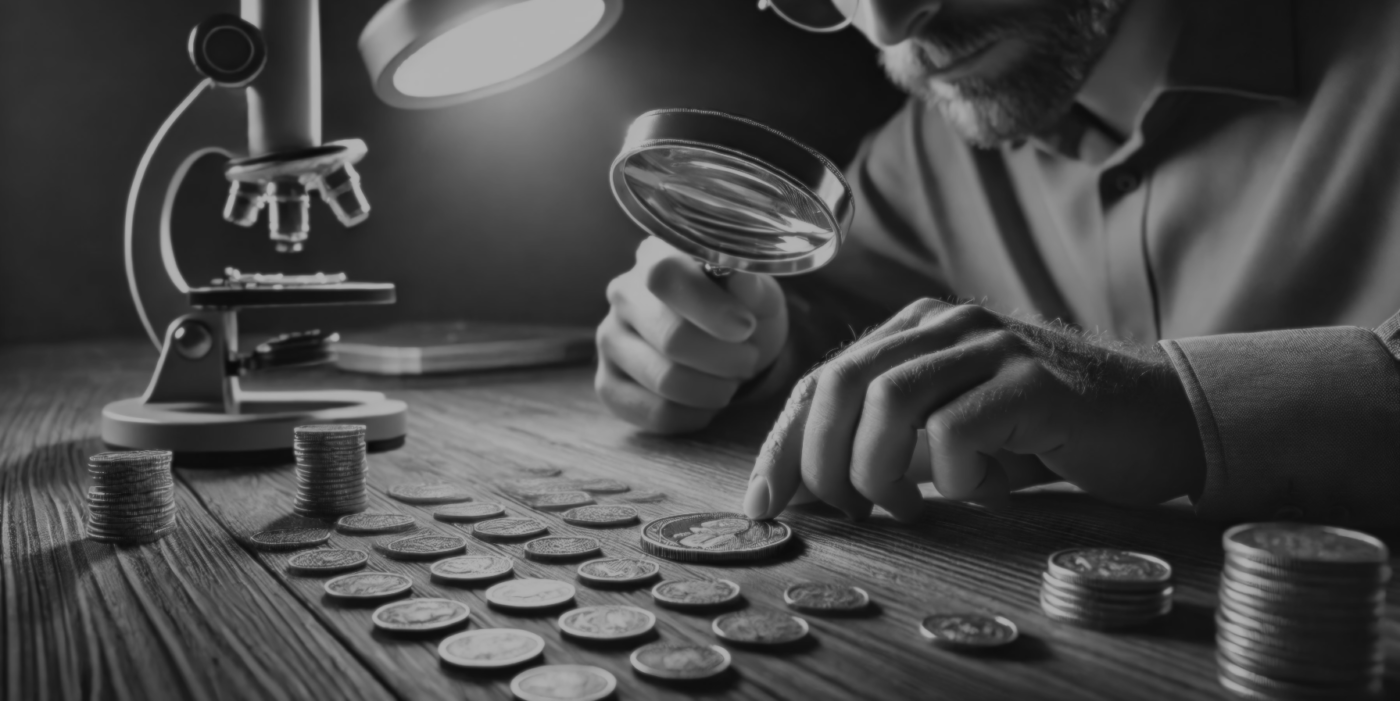The Impact of War on Currency: How Conflicts Shape Coinage
War has a profound impact on every aspect of society, and currency is no exception. From ancient times to the modern era, conflicts have reshaped economies, often forcing nations to adapt their coinage to meet the demands of war. But how exactly does war affect currency?
During major wars, precious metals like gold and silver are often diverted for military purposes, leaving nations with fewer resources for minting coins. In some cases, this results in the production of emergency currencies or coins made from cheaper metals like copper, zinc, or even steel. For example, during World War II, many countries reduced the silver content of their coins or switched to less valuable materials.
War can also lead to inflation or hyperinflation, where the value of a nation’s currency plummets. In such cases, large denominations of coins and paper money are rapidly issued, often losing value before they’re even fully circulated.
For collectors, coins from war periods carry a historical significance that goes beyond their monetary value. They tell the story of national struggles and resilience, making them powerful artifacts of history.
The information in this blog post is only for informational purposes and should not be considered as financial or investment advice. Always conduct your own research or consult with a professional before making any investment decisions.

